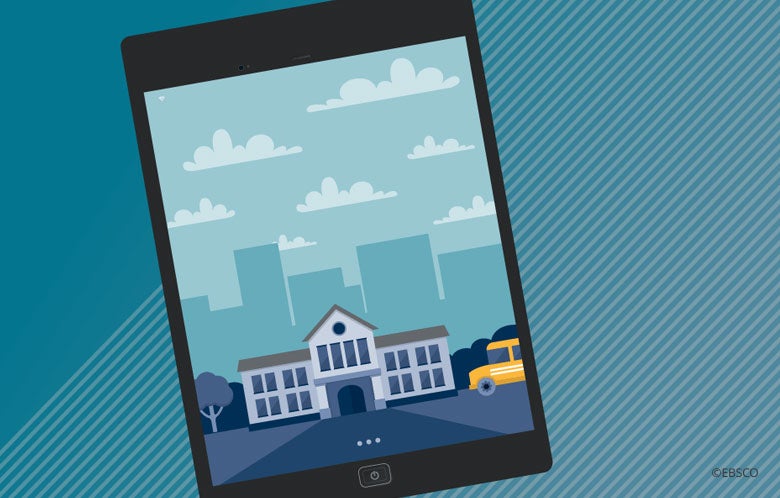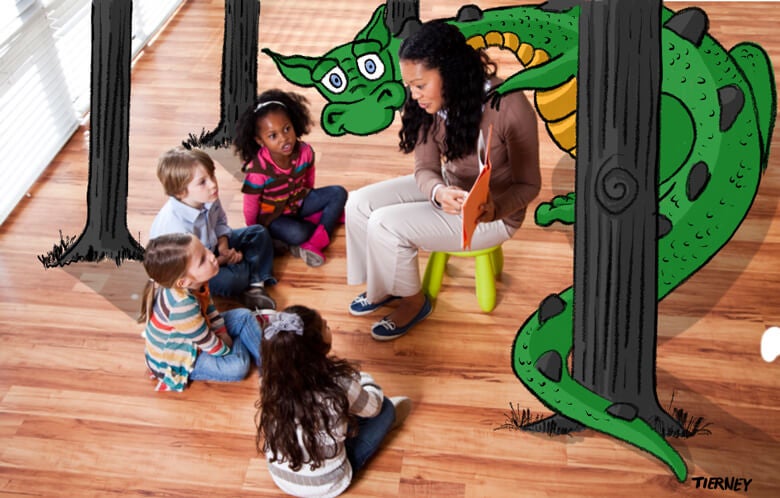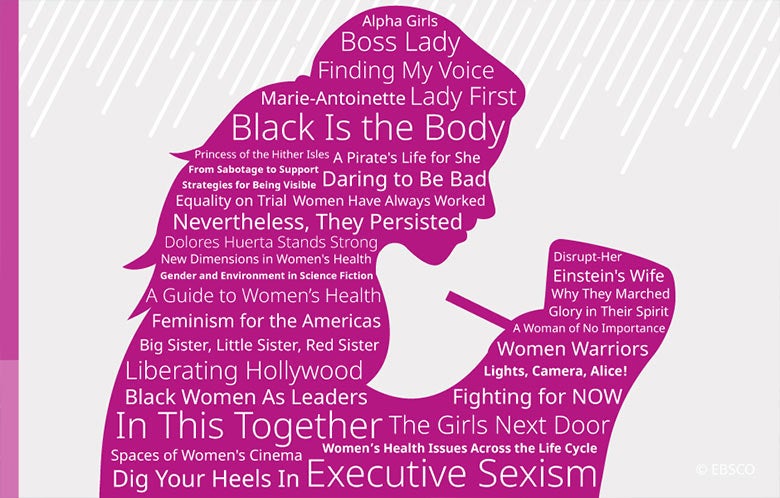Now that mobile technology has permeated the K-12 landscape and access to electronic resources has increased, teachers working in 1:1 or Bring Your Own Device (BYOD) schools have some unique advantages.
For example, many have the option to use database articles or e-books with their classes, thereby reducing hours spent at the photocopier making packets of supplementary reading materials. Using e-books saves time and offers more flexibility in when teachers deliver their lessons. In addition, students are less likely to lament that they’d lost their book, dropped it in a puddle, or left it at home.
Recently, we conducted a brief survey of nearly 50 educators (from both public and private schools) to learn more about the use and availability of books in the K-12 classroom. Here is what we learned:
Technology
All respondents reported some level of technology available to them in their schools. More than 89 percent have computer labs in their school, 85 percent have library computers, 59 percent have computers in their classroom, 39 percent have access to mobile laptop carts, and nearly 48 percent work in 1:1 or BYOD schools.
Book Format
All respondents reported using print books (26 percent) or a combination of print books and e-books (74 percent) in their schools. The majority (78 percent) use a mixture of paperback and Perma-Bound books.
Availability of Print Books
When assigning class-wide readings, more than half reported that they coordinate with their colleagues often or occasionally to make sure enough physical copies of books are available when they need them. In fact, more than 16 percent said they consult with their fellow teachers every marking period. Of those who answered our question about the impact on lesson delivery, three-fourths reported that the unavailability of print books sometimes forces them to adjust the timing of their lessons.
Benefits of eBooks
Nearly 70 percent of survey takers agreed that multi-user access to e-books would make it easier to assign class-wide readings. They also agreed with many of the benefits we presented, and even added a few of their own. For example, three educators stated that e-books allow students with disabilities to enlarge the text size or use read-aloud technologies. Another stated that fewer books in students’ backpacks meant less weight to carry.
Without question, the use of e-books in schools offers a number of benefits for both students and teachers.



